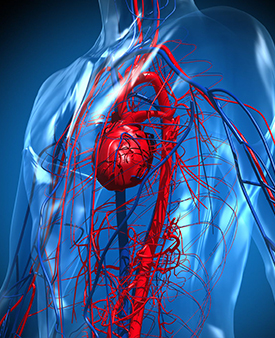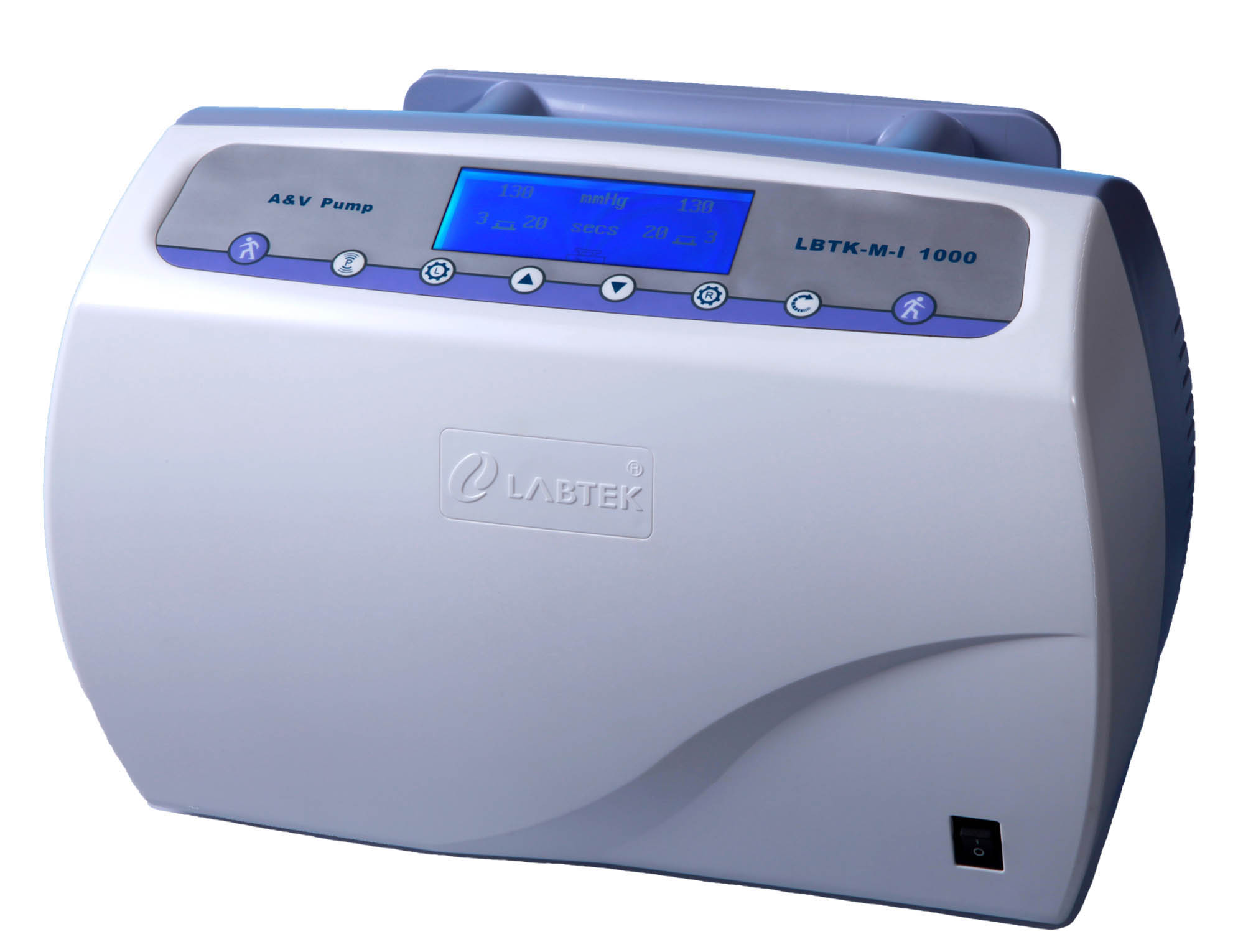Refactory Limb Edema

Edema is the seeping of fluid from the small blood vessels, known as capillaries, into the surrounding tissues. This fluid gets collected in the interstitial space to give rise to swelling and many other symptoms. Edema is basically the medical terminology for swelling. Edema can either be acute or chronic. Acute edema develops all of a sudden and lasts for few hours or days. If the leakage and the resultant swelling lasts for several weeks or months, then the edema is termed as chronic. There are many possible reasons which lead to edema. They can be either linked to a health conditions or triggered by factors like prolonged immobility, gravity etc.
Common causes of limb edema:
1. Increased hydrostatic pressure in capillaries
It can be seen in various causes of venous obstruction or venous return disorder. Obstruction of local venous return causes tissue edema or water accumulation in the corresponding parts. For example, cirrhosis of the liver causes gastrointestinal wall edema and ascites, and vena cava obstruction in heart failure causes systemic edema.
2. Increased capillary wall permeability
Vasoactive substances (histamine, kinin), bacterial toxins, hypoxia, etc. can increase the permeability of capillary walls and cause edema. Edema of inflammatory lesions is mainly due to the increased permeability of the capillary wall. Angioedema and edema caused by allergic reactions also belong to this mechanism. This type of edema usually occurs in the damaged area of the blood vessel wall.
3. Obstructed lymphatic return
After radical mastectomy of breast cancer, due to the destruction of local lymphatic circulation after axillary lymph node resection, edema of the affected side upper limb may occur. In filariasis, the lower limbs and scrotum are blocked by the worms, and lower limbs and scrotum edema often occur. In addition, widespread cancer cell embolism in lymphatic vessels can cause local edema.
What’s the best therapy?
There are three kinds of common treatments to eliminate the edema, cool packs therapy, continuous cryotherapy and foot pump therapy. From clinical cases, it is easily to find the A-V Foot pump therapy is much more effective in the reduction of posttraumatic edema and gain of limb movement than cryotherapy or cool packs therapy.






